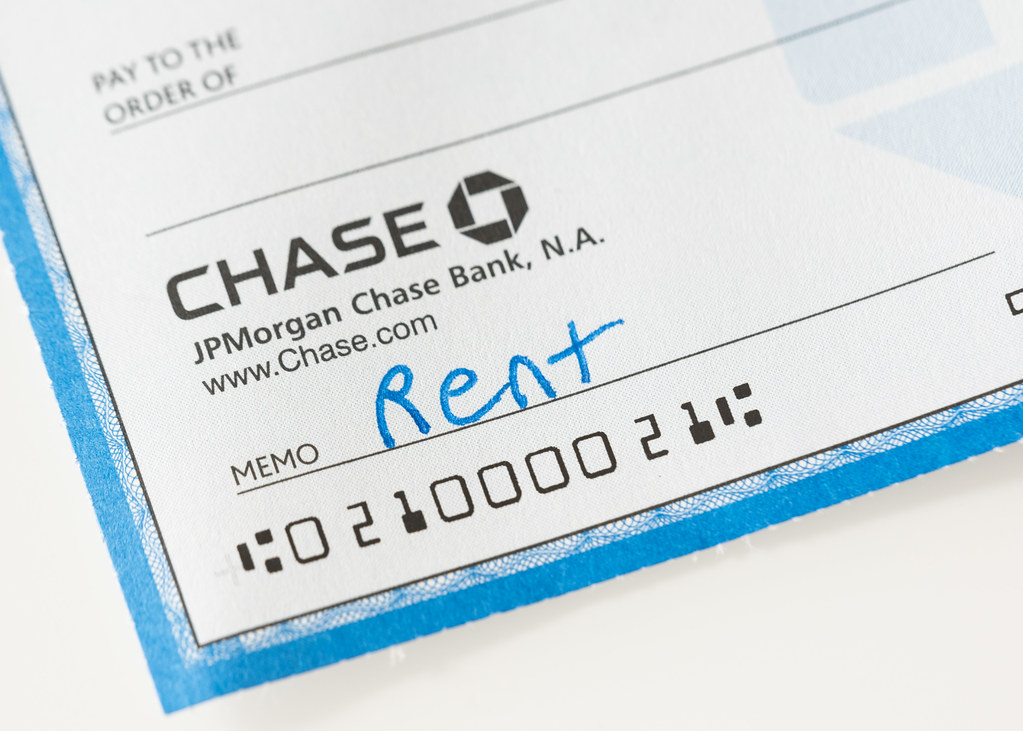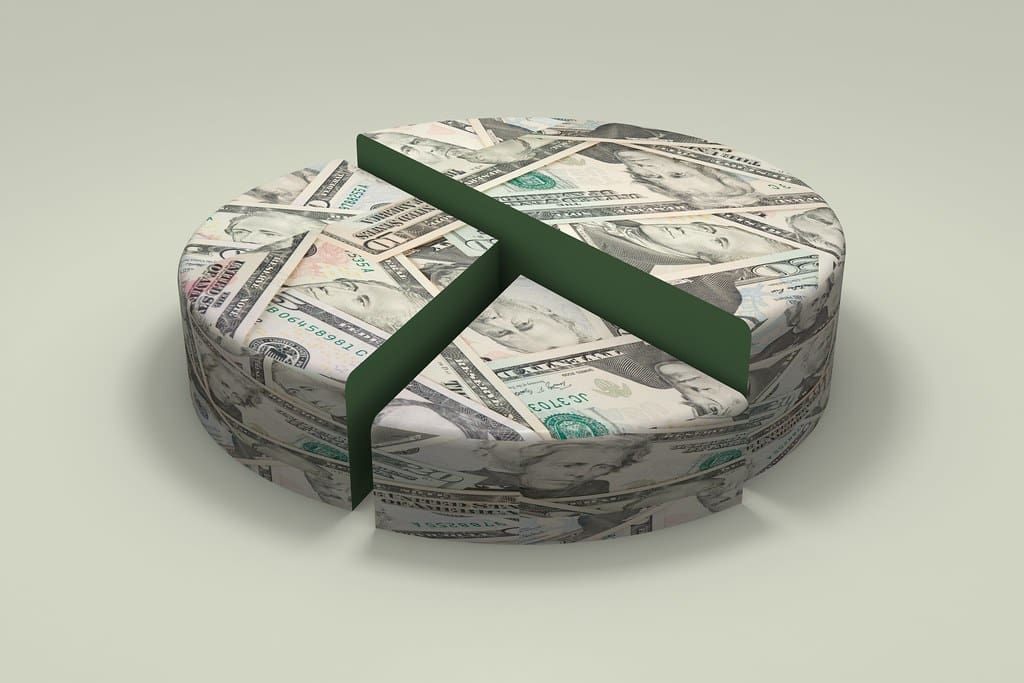Making a budget sounds easy on paper, but it’s tough to make it a reality. To help you streamline things, consider implementing a guideline like the 50/30/20 rule. This rule holds that certain percentages of your income should be dedicated to specific tasks. Here’s how it works!
What Is the Rule?

The 50/30/20 rule is a way to budget your post-tax income to make the most of your financial resources. It’s a somewhat simple approach initially created by US Senator Elizabeth Warren in the book All Your Worth: The Ultimate Lifetime Money Plan. The gist goes that you split your income into three piles: needs, wants, and savings.
Fifty Percent for Needs

The first tenet is that fifty percent of your income should go to your needs. Needs include things like your rent or mortgage, groceries, utility bills, and other things you literally can’t avoid paying for. This one is the toughest for many people, as they can’t exactly help how expensive some of their bills are. Housing, in particular, tends to skew this number, especially for people who live in areas with a high cost of living.
Thirty Percent for Wants

Once you’ve got your needs covered, that’s half of your income gone under this plan. The other half you should divide into thirty percent for your wants, leaving twenty percent for savings. Your wants is basically everything else you would buy! This is basically your “spending money,” the money you use to go out to eat, buy new clothes, and so forth.
Twenty Percent for Savings

The final pile of your income should go into your savings account, stock portfolio, retirement account, or whatever other savings method you prefer. Ideally, this isn’t a shoebox full of cash you stash in a closet. Remember, cash holds its value very poorly and would be better used accruing interest.
Balancing the Budget

If you’re thinking “hold on, my needs far exceed fifty percent of my income,” you’re not alone. The common criticism of this budget is that it’s extremely optimistic regarding how much your bills cost. Thankfully, there are some things you can do to address this.
Lifestyle Adjustments

If your needs are taking up considerably more than half of your income, consider making some lifestyle adjustments. Are you not making enough money to comfortably live in the kind of home you have? Maybe you could move to a smaller place, or a more affordable area, to get your housing costs down?
Just Make More Money (Duh)

“Just stop being poor” is terrible advice for anyone to give you; but hear me out. Let the 50/30/20 rule be a goal. If you can’t quite hit these exact numbers with your current lifestyle, use that as fuel to push you to see how much you need to make to comfortably live the life you want. Maybe you’re just scraping by in the house you want right now. Consider pursuing higher-paying jobs to make it easier for you.
What Goes First

Okay, so you’ve made all the adjustments you can and your needs are still taking up more than half of your finances. Where does that extra slice of the pie come from, then? Well, ideally you would cut it from your thirty percent slice, the “wants” money. You really need to consistently save to reach your long-term goals. It’s not fun, but it’s the responsible thing to do.
Adjusting Your Wants

Everyone would love to just be rich and not worry about budgeting, but there are a few ways to balance your wants against your savings, too. You could consider eating at home more often, watching movies on free streaming services instead of going to the theater, and working out at your house instead of keeping a costly gym membership. And, sometimes, this means you might need to wear last season’s fashions and drive an older car. It’s not lavish, but it’s sustainable.
Read More: Need a Productivity Boost? Try the 90/90/1 Method
About Those Savings…

When you’re just getting started with this budget, make sure you build up an emergency fund of around three months of your income in a savings account. Once you’ve got this “rainy day” money built up, pivot your savings into things like your retirement account or your stock portfolio to ensure you’re securing your economic future.
Read More: The Best (And Worst) States in the US for People Looking to Save Money








